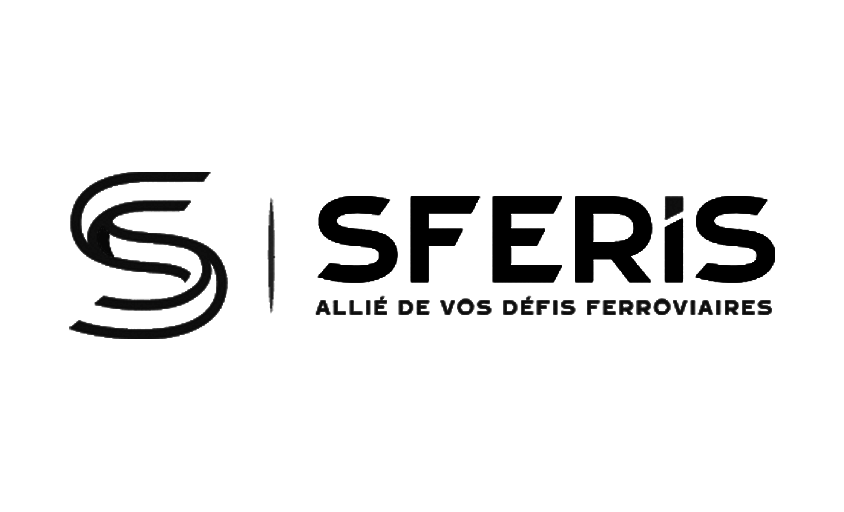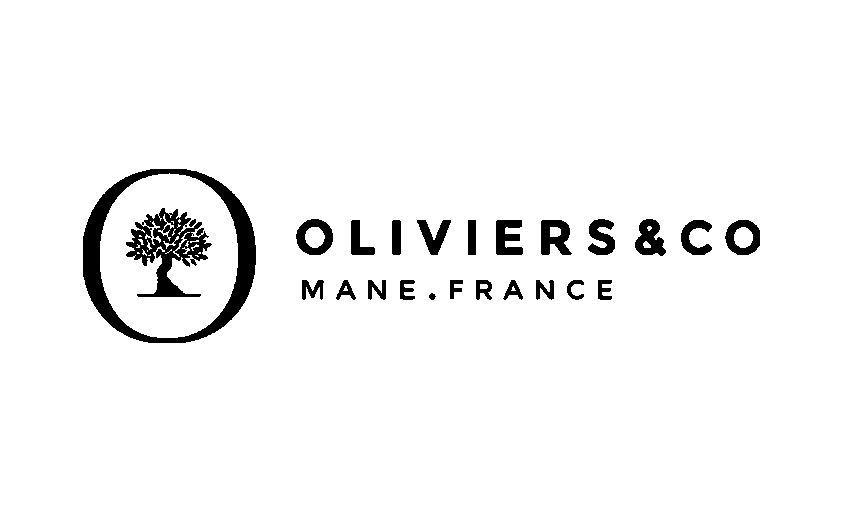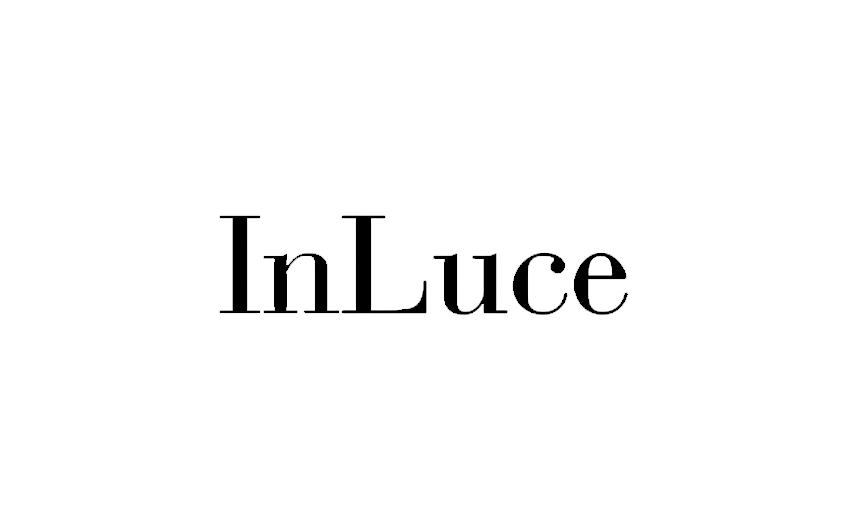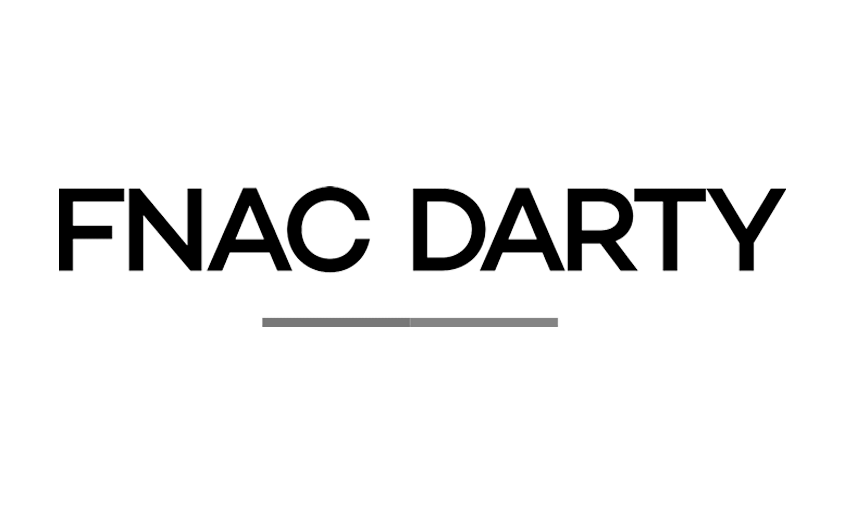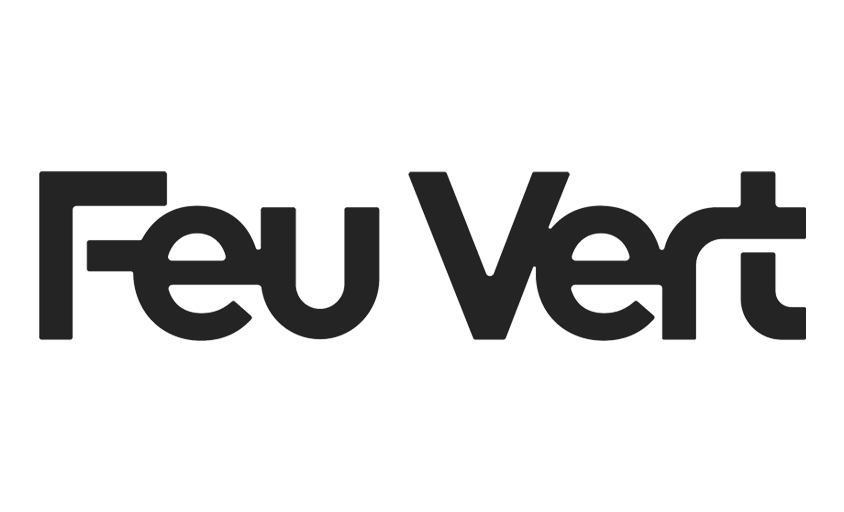Trends in the Photographer Agency Market
In this article :
The role of a photographer’s agent is changing rapidly. Once focused primarily on contract negotiation and client connections, it now extends to strategy, digital communication, and advisory services. Market shifts, the rise of new niches, and the pressure of social media are redefining client and photographer expectations. Understanding these changes is essential to remain competitive and anticipate the future of the profession.
Market Developments
The role of a photographer’s agent is no longer limited to contract negotiation. Today, it is a profession in full transformation:
- Advertising budgets are increasingly split between traditional and digital campaigns.
- Brands are seeking more tailor-made images, adapted to multiple channels (advertising, social media, e-commerce).
- Agents are becoming strategic partners: guiding photographers toward promising sectors while integrating new visual formats (short videos, interactive content).
👉 Direct consequence: the line between artistic agent and communication consultant is increasingly blurred.
New High-Potential Niches
Certain photographic specialties are emerging, transforming the demand placed on agents:
- Product photography for e-commerce: driven by the growth of online retail.
- Corporate and employer-brand photography: companies now care about internal as well as external image.
- Luxury & high-end craftsmanship specialization: brands seek photographers capable of telling a story of unique expertise.
- Medical and technology sectors: growing need for clear, credible images to support complex innovations.
These niches open opportunities for agents who can position their photographers in specific markets rather than offering overly general services.
Impact of Social Media
Social media is no longer just a showcase; it directly influences photographers’ careers and, consequently, the role of agents:
- Instagram remains central for fashion, advertising, and luxury.
- LinkedIn is essential for corporate and professional portraiture.
- TikTok and short-form video are gaining traction, even in unexpected sectors like watchmaking or furniture.
Example: some agents now guide their photographers in managing their online presence, advising on content types or even delegating the production of stories and reels. The agent becomes a digital coach, not just a sales representative.
Client Demands
Advertisers and creative agencies are formulating more specific expectations:
- Speed and flexibility: the ability to produce and deliver on tight deadlines is now a key criterion.
- Multi-channel output: a shoot must generate images suitable for print, web, social media, and sometimes video.
- Authenticity: the global trend favors more natural visuals, less retouched, capable of creating audience connection.
For an agent, this means representing photographers who can combine creativity with operational efficiency.
Future Outlook
The coming years are expected to reinforce several already observed trends:
- Photo/video hybridization: photographers without motion or social content skills risk losing market share.
- Increased digitalization: generative AI tools will influence image production but also enhance the value of photographers who can prove their originality.
- Internationalization: agents must anticipate an increasingly transnational demand driven by global brands.
In summary, tomorrow’s agent will be less a simple intermediary and more a conductor, capable of orchestrating careers at the intersection of art, digital, and business.
Conclusion
The market for photographer agents is undergoing significant transformation. New niches, the rise of social media, and increasing client demands are reshaping a profession in constant evolution. To remain relevant, agents must broaden their skill set and become true strategists, capable of anticipating and guiding the sector’s changes.
At Rétines, we observe these developments daily and understand how they influence the way photographers build their careers. Agents who adapt to these shifts become key players in both artistic and commercial success.
Jérémy Carlo is the editorial director at Rétines, where he ensures the consistency and clarity of all content produced by the studio.
Our Clients
Let’s discuss
What we do for you at Rétines
Meticulous work, an organised project and fast delivery. And to achieve this, we mobilise the right resources in our teams at the right time.
01
Pre-production
Artistic and technical direction tailored to the project.
Relevant recommendations on content, form and resources.
02
Photo Shooting
Photos taken by our experienced photographers.
Production that’s controlled, efficient and tailored to the needs of the project, with nothing superfluous.
03
Retouching
Technique
Photographs magnified by our retouching team.
Post-production to meet the commercial challenges of the brief.

